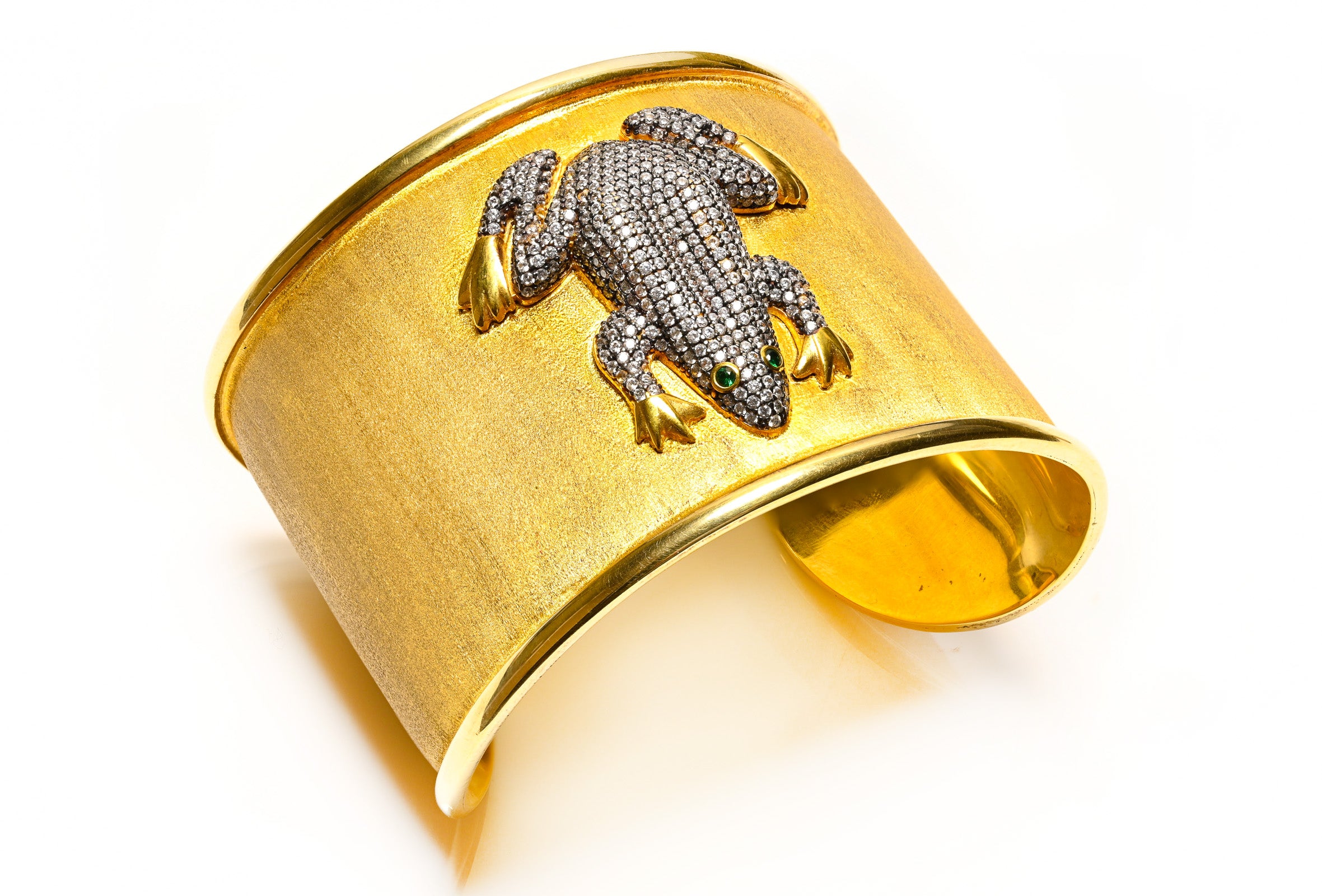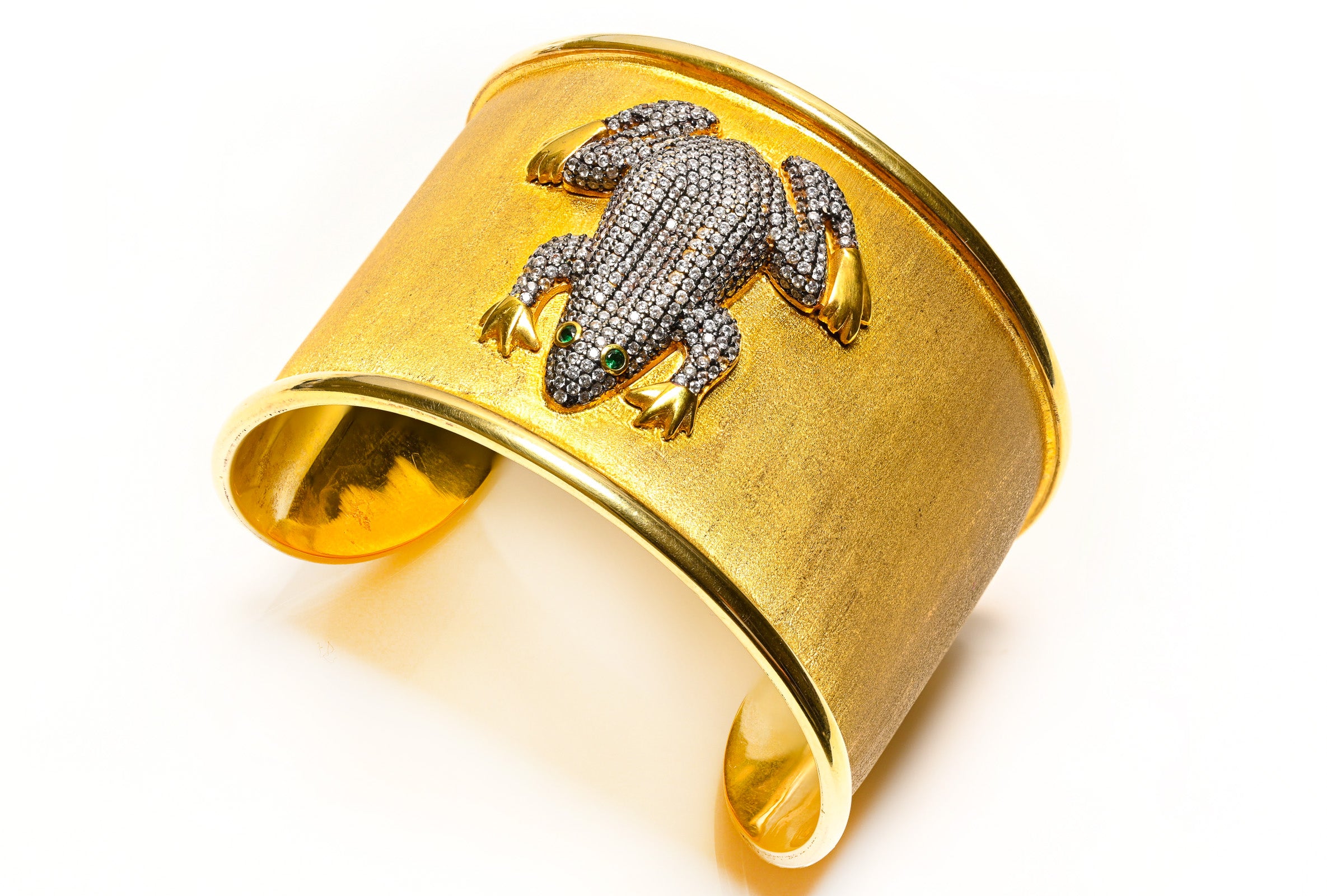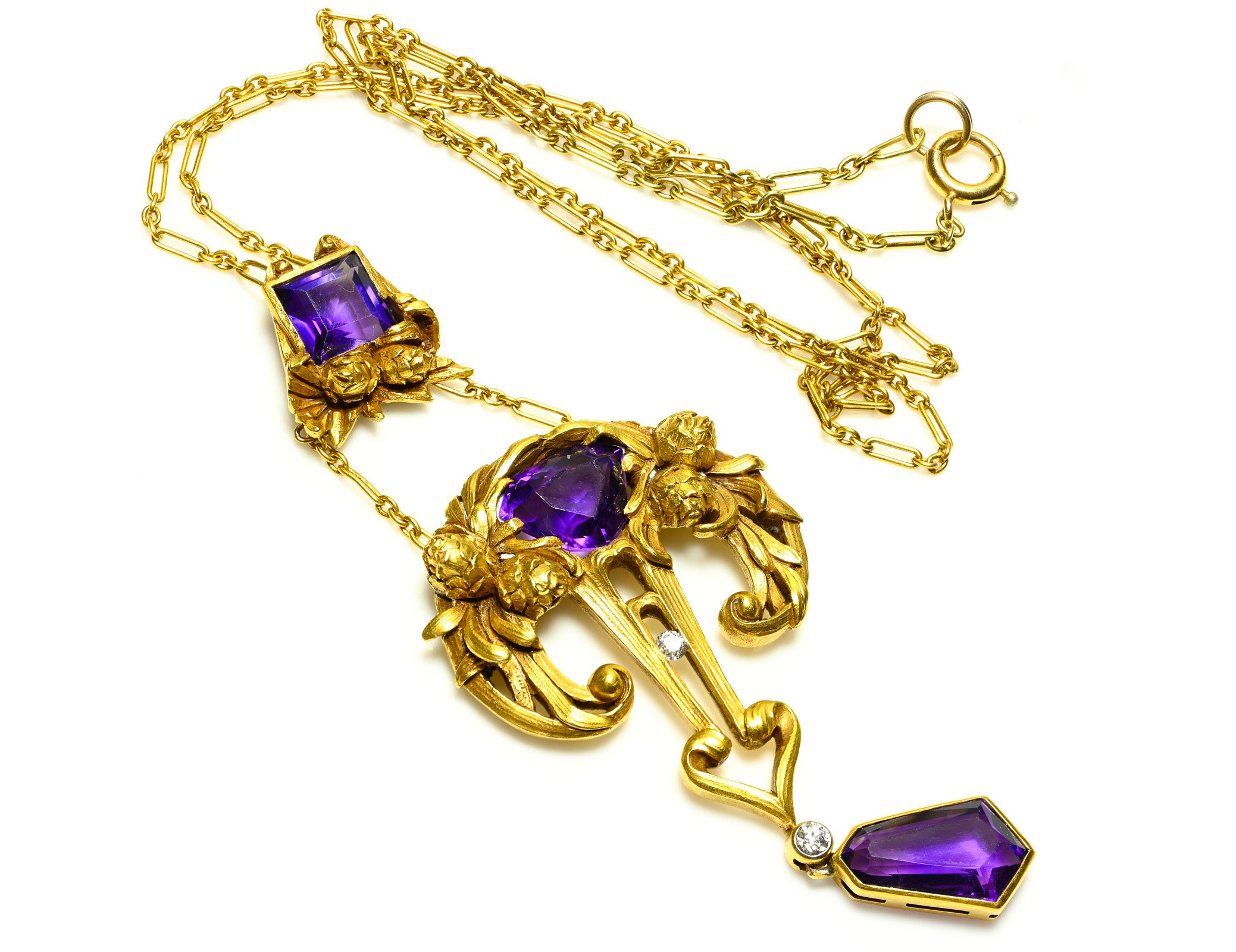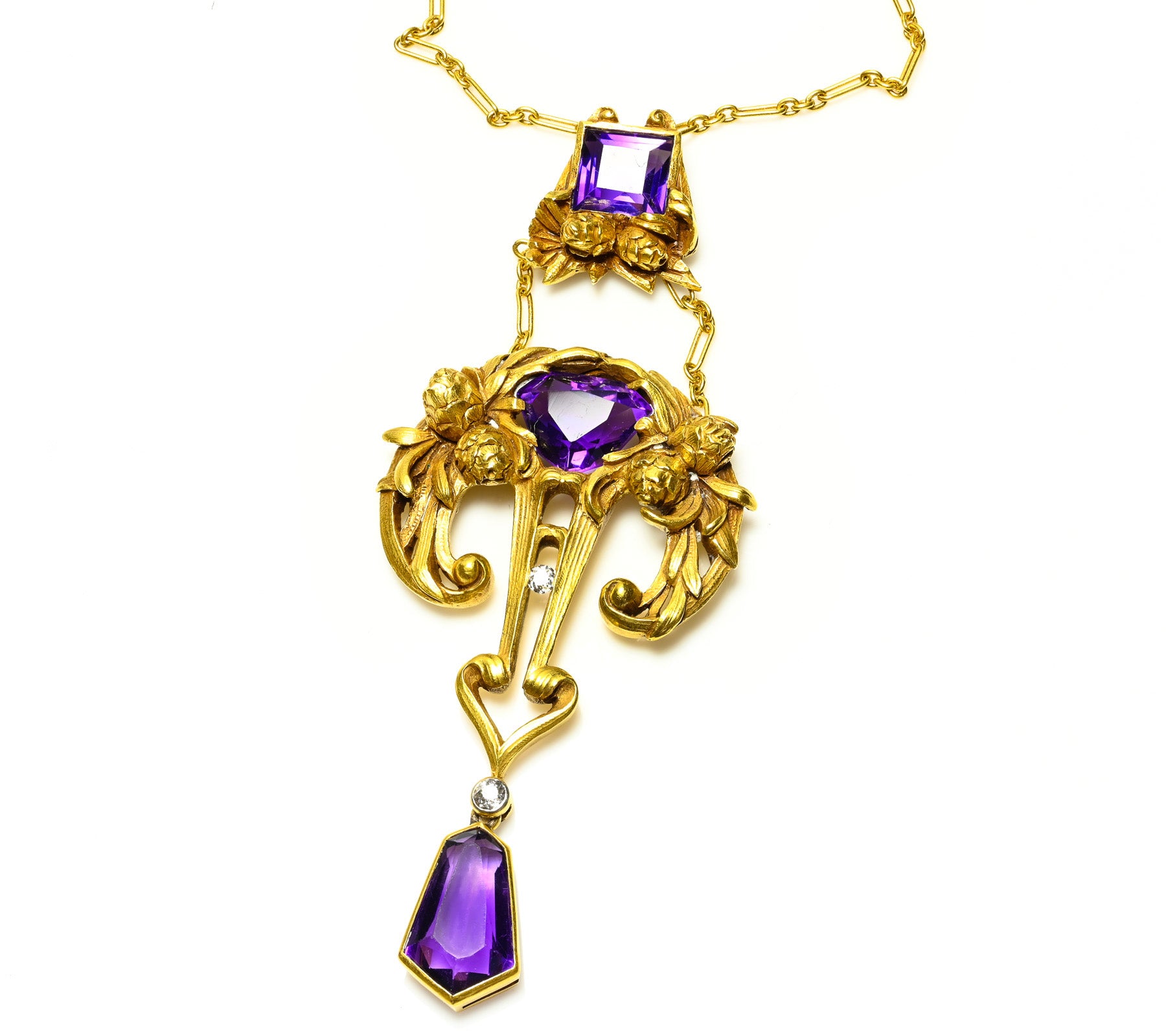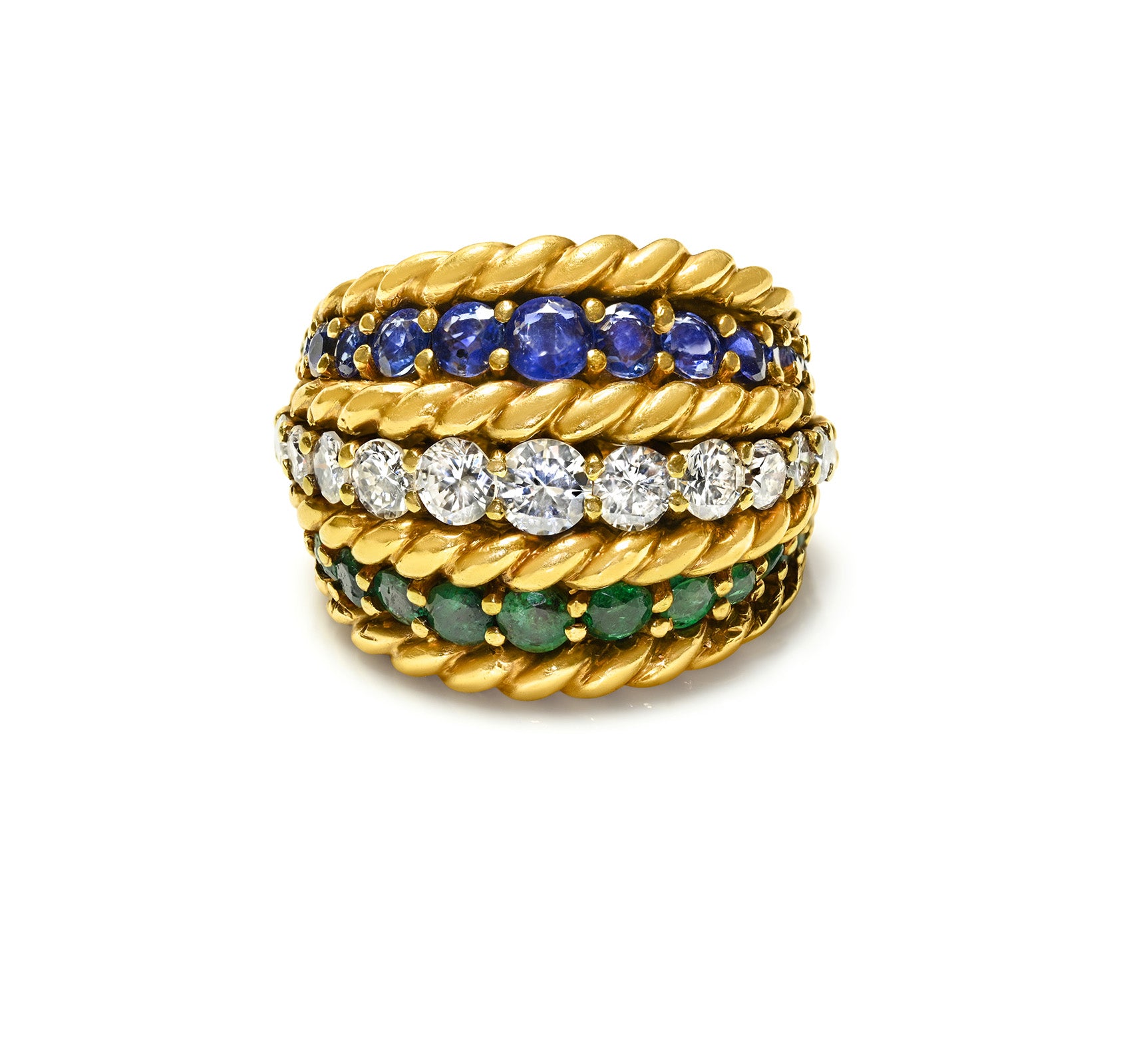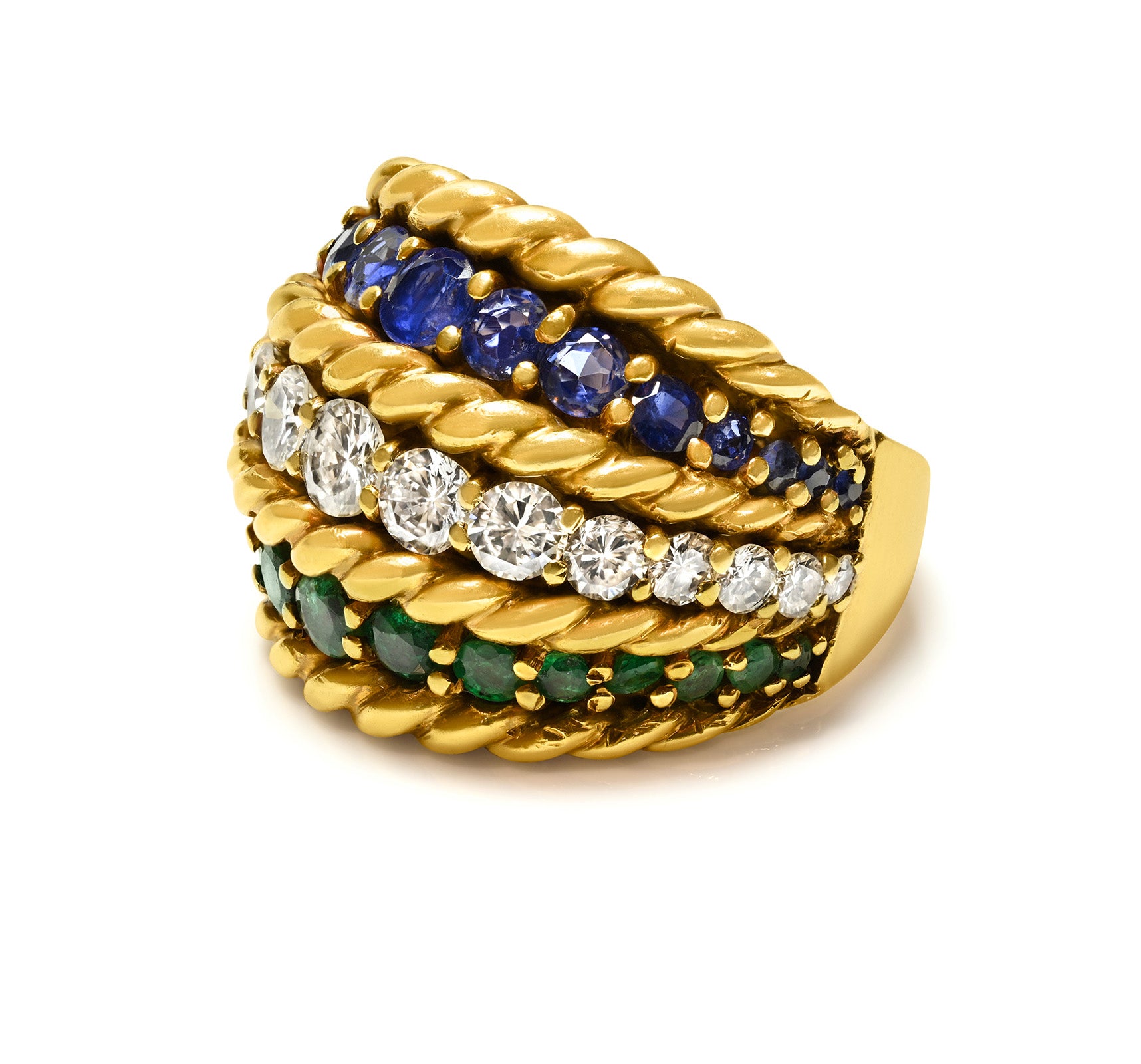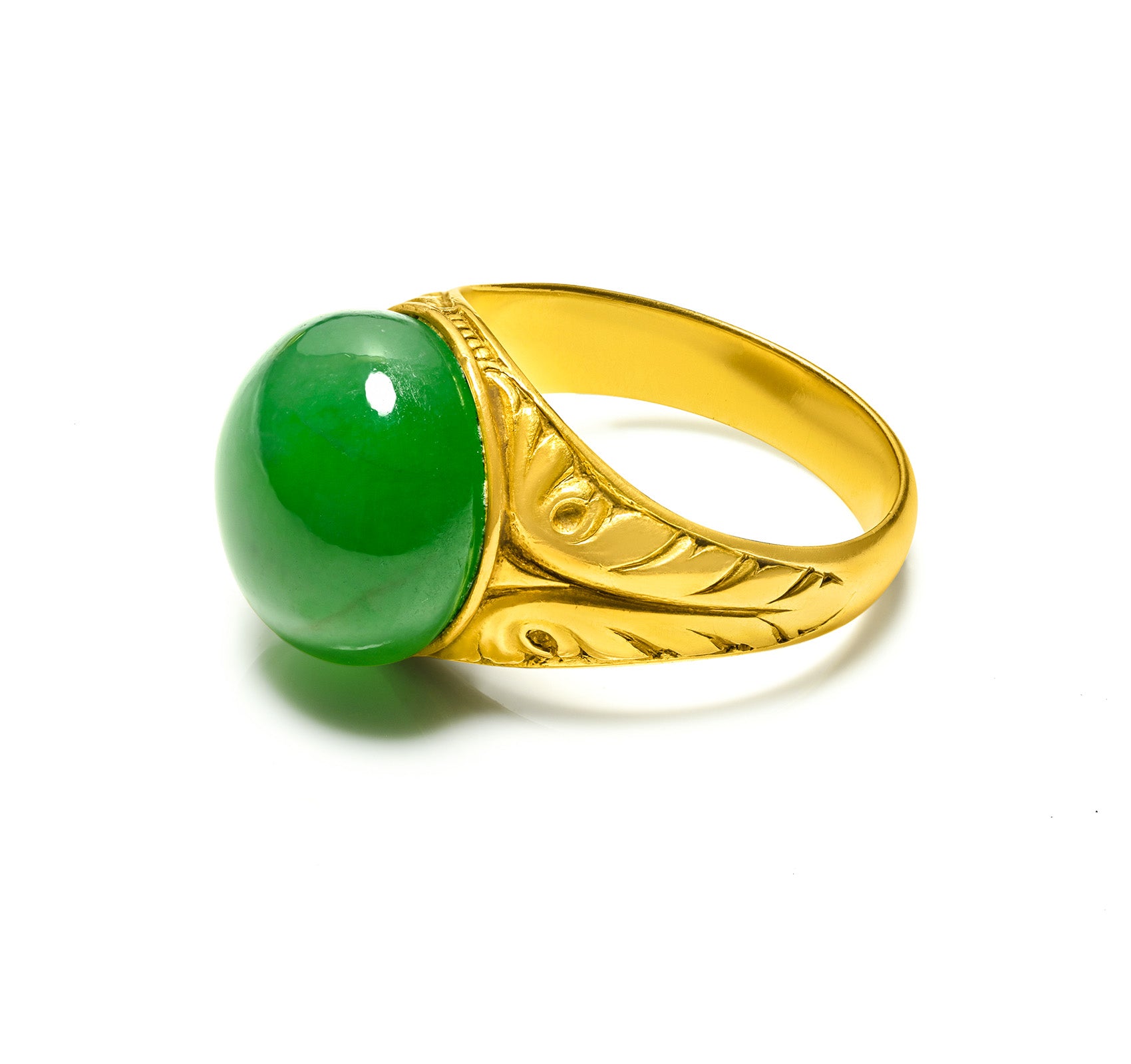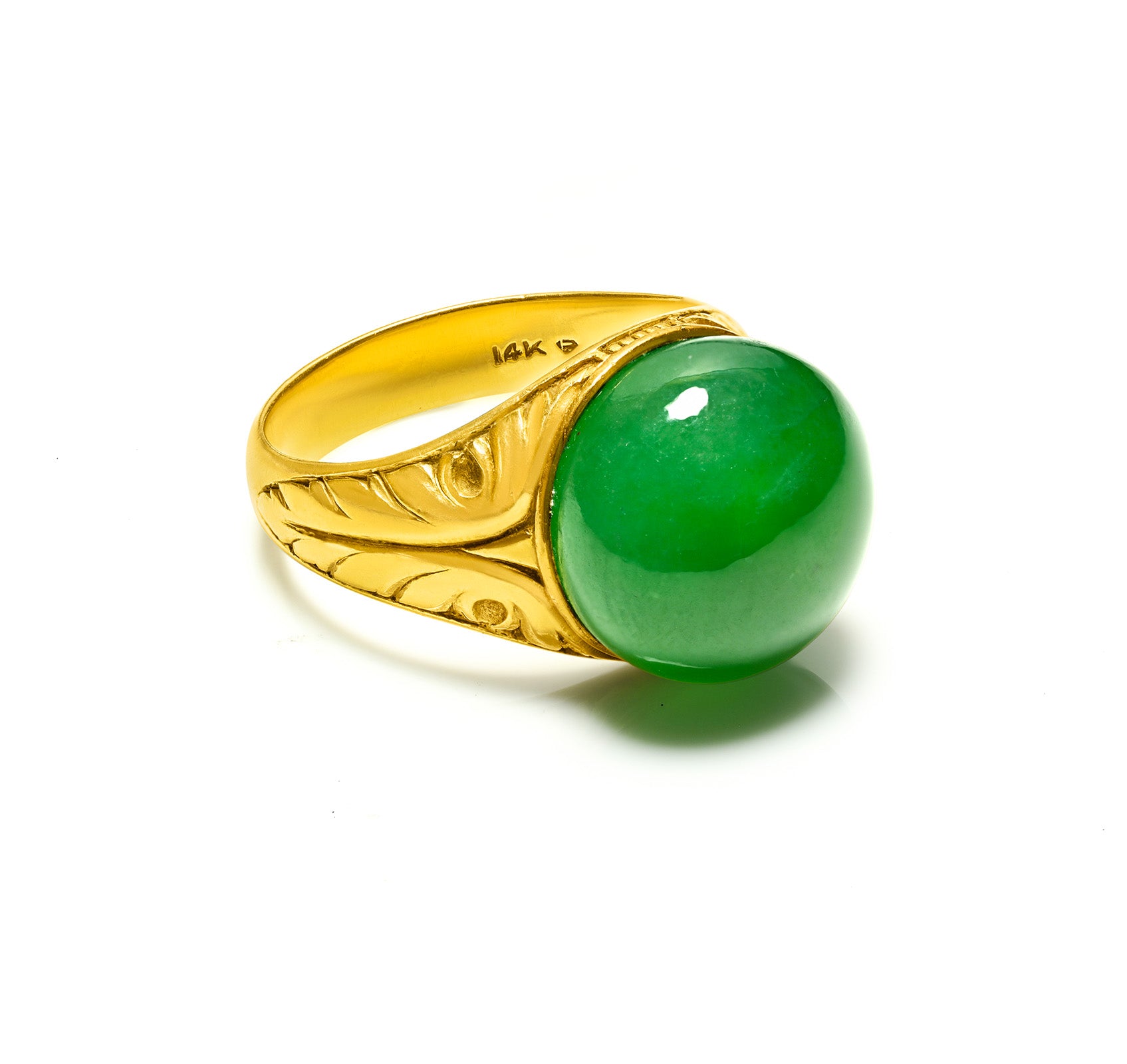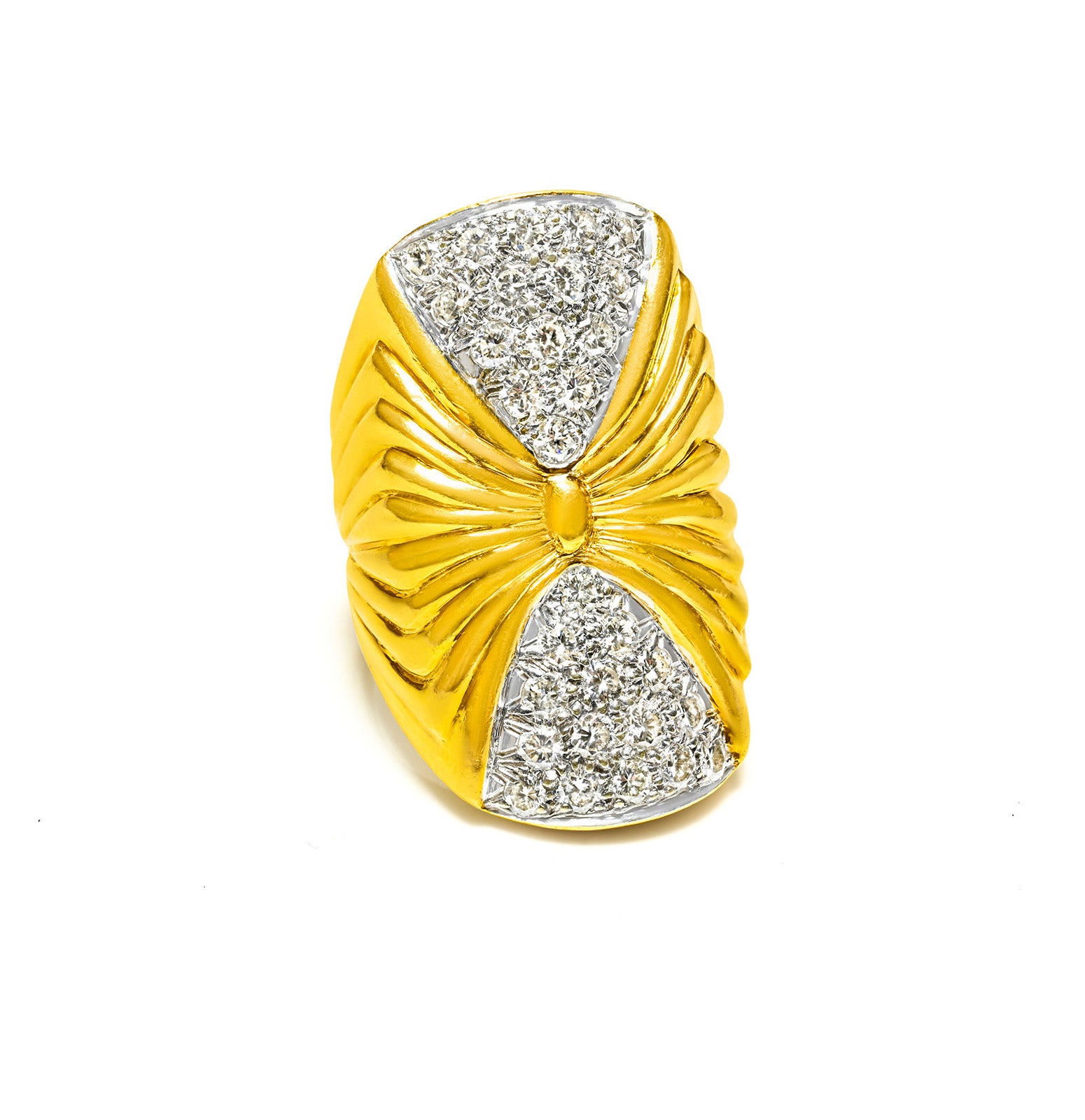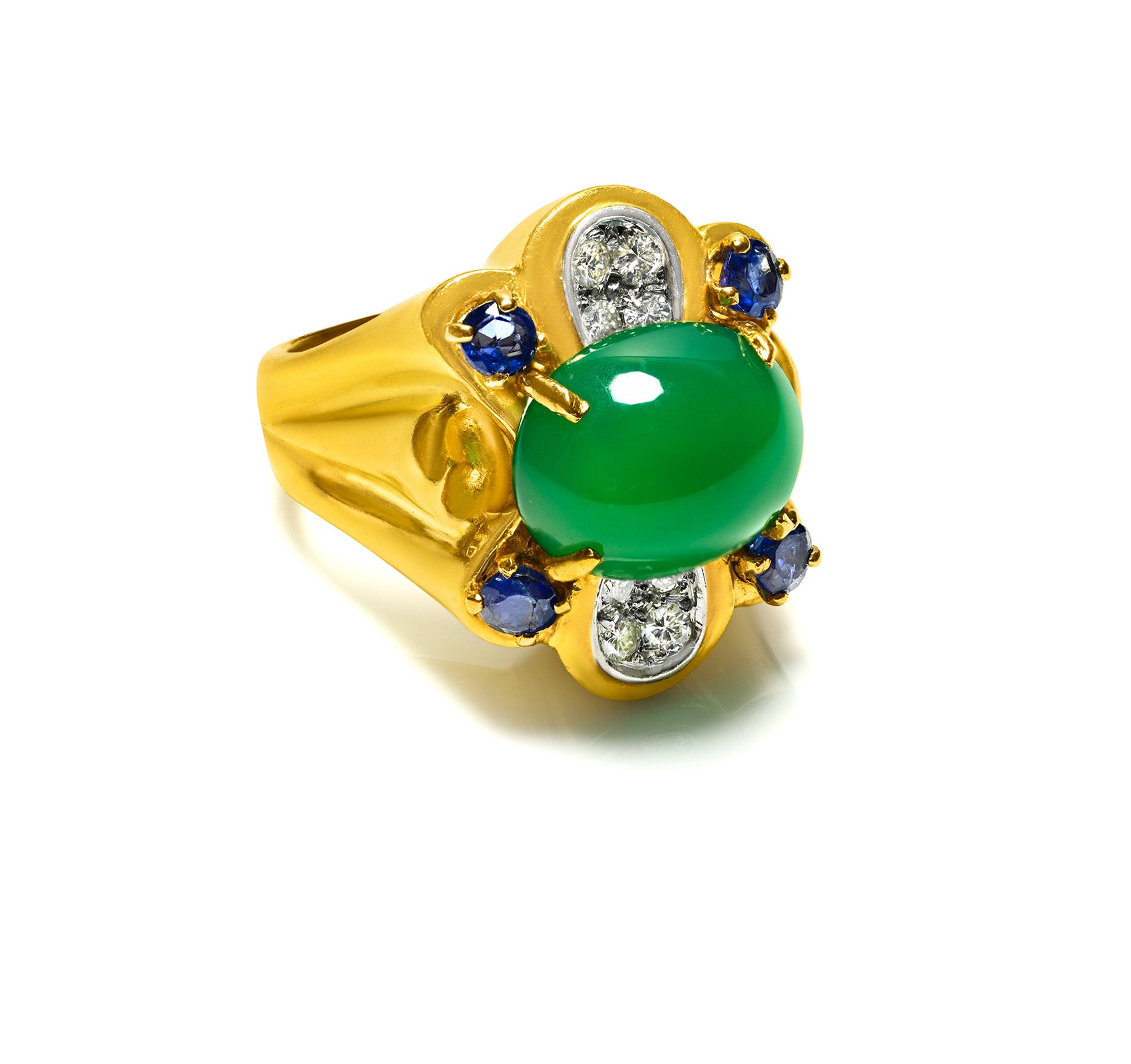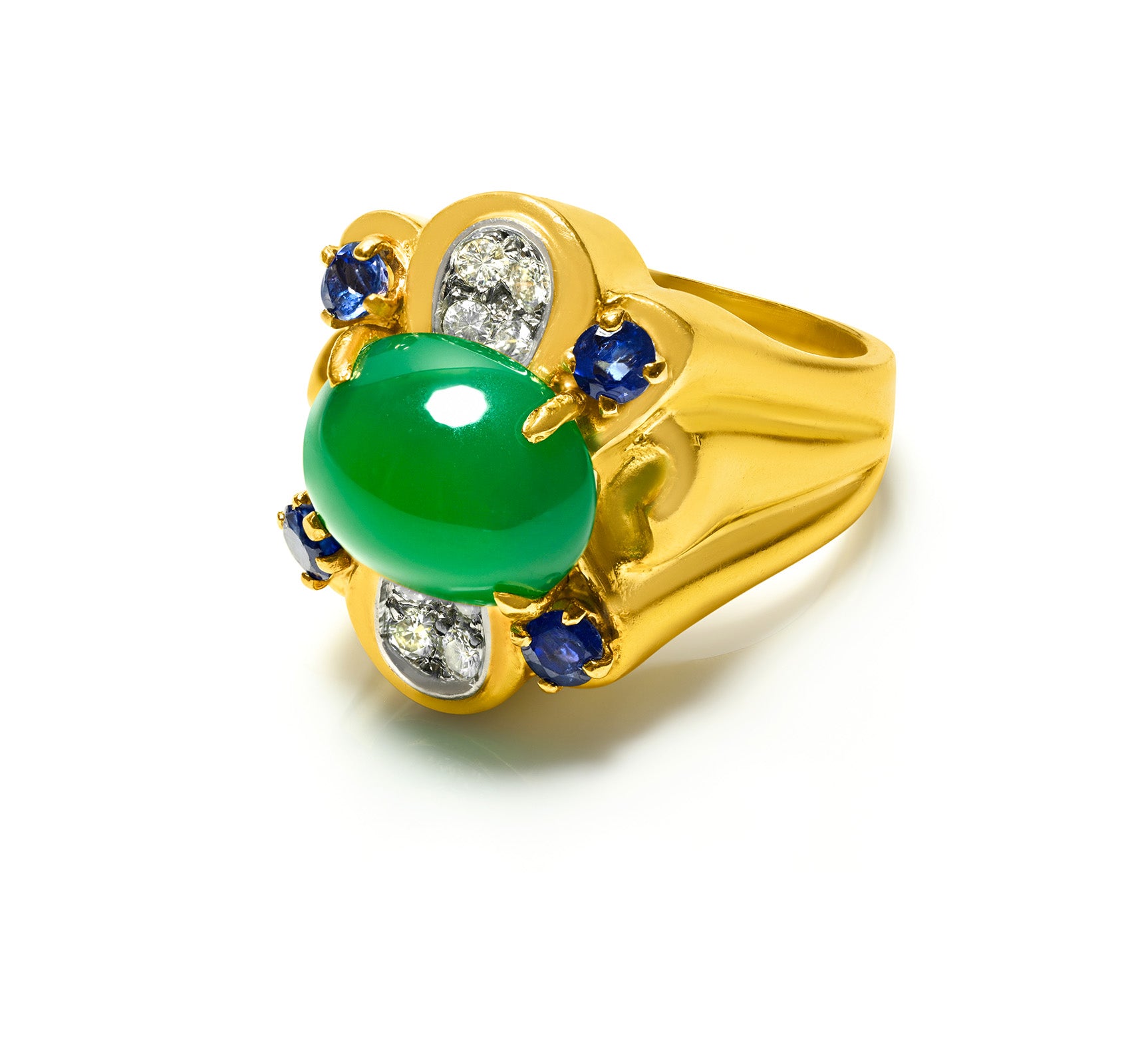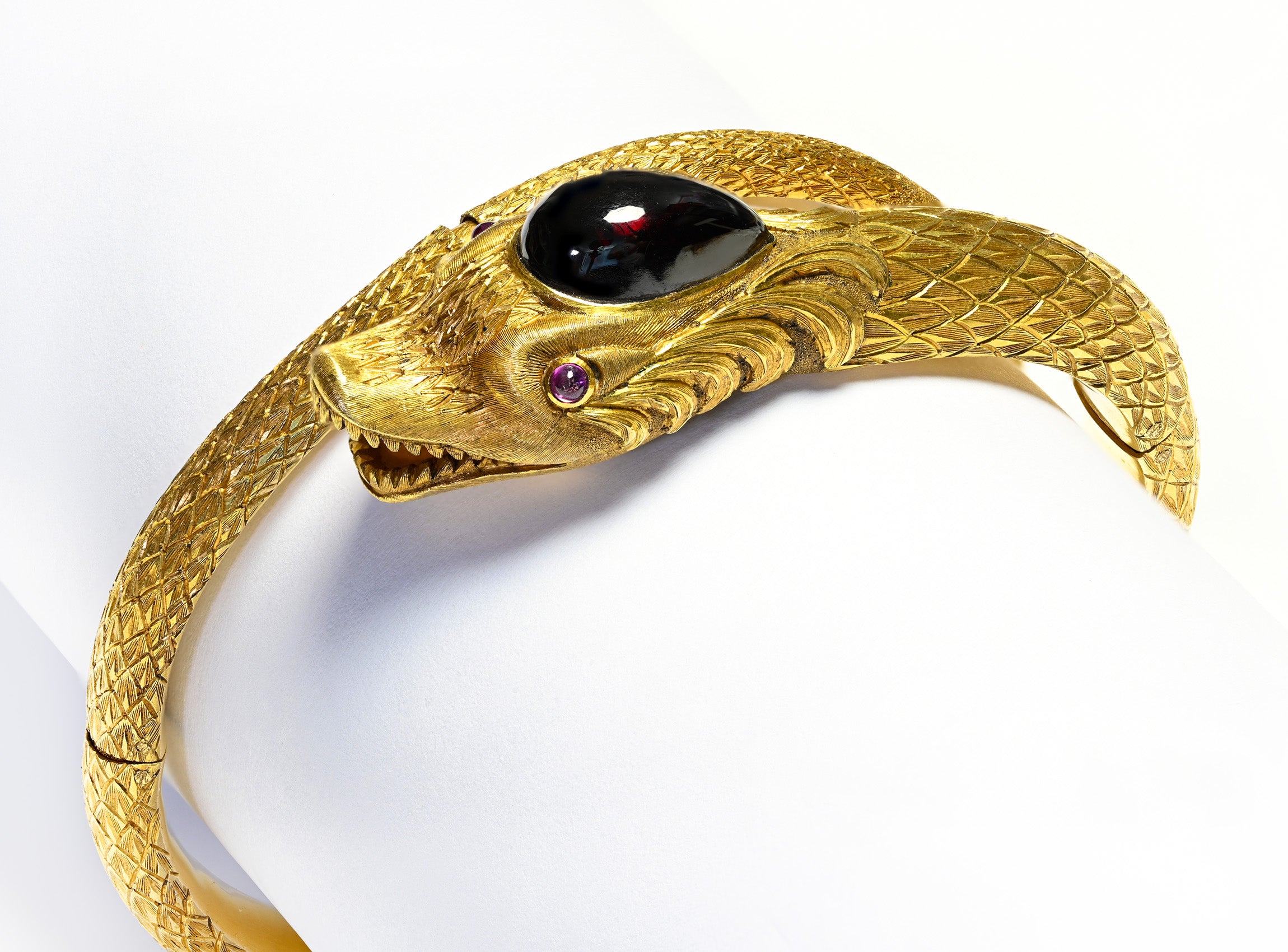
The Babemba Forgiveness Ritual | Jewelry In Reconciliation
In his book "The Art of Forgiveness, Lovingkindness, and Peace," Jack Kornfield, an internationally renowned Buddhist teacher, describes a very interesting and unique ritual of forgiveness of the African Babemba tribe.
"In the Babemba tribe of South Africa, when a person acts irresponsibly or unjustly, he is placed in the center of the village, alone and unfettered. All work ceases, and every man, woman, and child in the village gathers in a large circle around the accused individual.
Then each person in the tribe speaks to the accused, one at a time, each recalling the good things the person in the center of the circle has done in his lifetime. Every incident, every experience that can be recalled with any detail and accuracy, is recounted. All his positive attributes, good deeds, strengths, and acts of kindness are recited carefully and at length. This tribal ceremony often lasts for several days.

Picture Credit: Tribe Babemba (9gag.com)
In the end, the tribal circle is broken, a joyous celebration takes place, and the person is symbolically and literally welcomed back into the tribe," Jack Kornfield writes in his book.
This story teaches us a lot about the wisdom of simple people. In our increasingly fast-paced and sophisticated world, we have forgotten to forgive and we have forgotten that without forgiveness it is difficult for someone to achieve the peace of mind that we all long for.
Many times, someone's bad deed erases in our minds all the good things he or she has done. Disappointed with someone's behavior at some point, we tend to forget that a person can not be reduced only to a mistake or injustice he or she committed. We have to see the person in the light of all the deeds that define him, many of these being good deeds.
Jewelry in African Tribes: Symbols of Forgiveness and Reconciliation
In many African tribes, jewelry is far more than just decoration—it is deeply intertwined with the spiritual and social fabric of the community. Just as the Babemba tribe uses a unique ritual to restore harmony and forgiveness, many African cultures have historically used jewelry as a powerful symbol of reconciliation and healing.
Amulets, necklaces, and bracelets often played a key role in these ceremonies, acting as both personal and communal symbols of the individual’s reacceptance into the group. These items, crafted from materials such as beads, shells, stones, and metals, were believed to hold spiritual significance, offering protection and strength to the wearer.
In certain tribes, a piece of jewelry could be passed down from generation to generation, imbued with the wisdom of the ancestors and carrying the memory of past acts of forgiveness. For example, in some cultures, forgiveness rituals were accompanied by the exchange of a beaded necklace, where each bead represented a past grievance that had been forgiven and let go. Wearing such a necklace signified that the individual had been fully reconciled with the community, and that any past mistakes were now part of the shared history, not to be held against them.
The symbolism behind these pieces of jewelry also reflected the tribe’s values of unity and collective healing. In the Maasai tribe, for instance, intricate beadwork is often used to communicate messages of peace and social harmony. Specific patterns and colors in jewelry can signify forgiveness and the restoration of relationships, with white beads often representing purity, peace, and new beginnings. Wearing or gifting a piece of jewelry during or after a forgiveness ceremony was a way of cementing the bonds of community, much like the Babemba tribe’s ceremonial circle.
In many cases, the jewelry itself was believed to carry protective properties, guarding the wearer against future harm or missteps. Much like the verbal recognition of an individual’s good deeds in the Babemba ritual, jewelry served as a lasting, tangible reminder of one’s worth, potential, and ability to be forgiven and redeemed.
Through these practices, jewelry in African tribes goes beyond ornamentation—it becomes a powerful tool in the process of social restoration. Forgiveness, in these communities, is not just a spiritual or emotional act but a physical one, where the giving and receiving of jewelry mirrors the process of reconciliation and acceptance back into the fold. The pieces worn and exchanged serve as enduring symbols of the tribe’s collective memory, where forgiveness is not forgotten, but held onto like a precious treasure.



